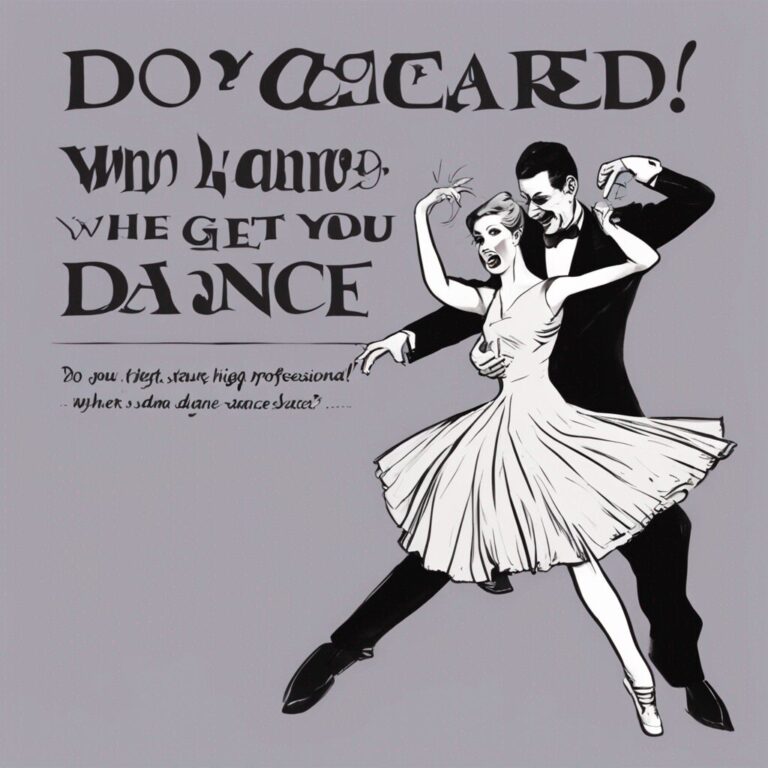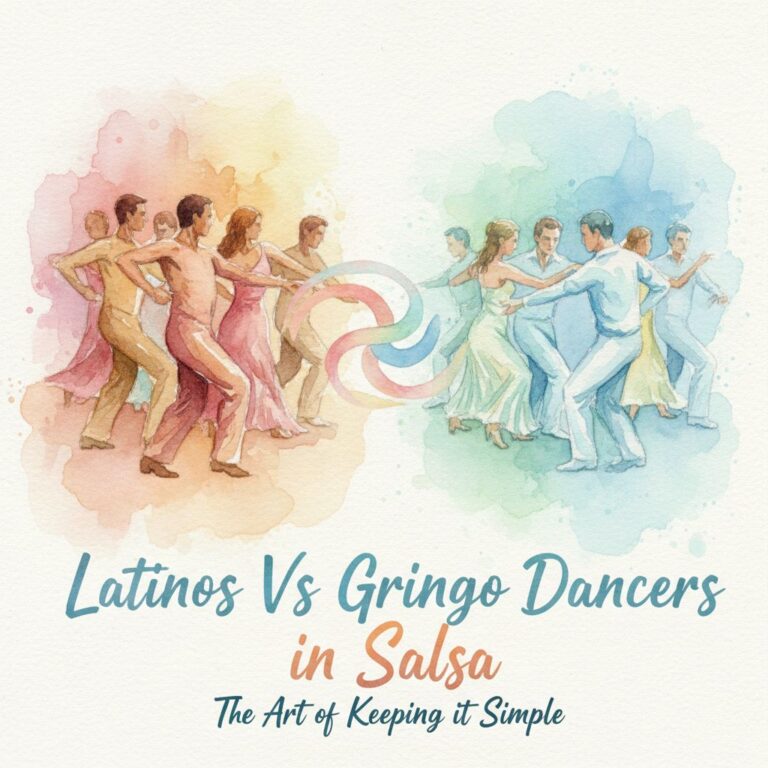**Introduction:**
When you’re flowing effortlessly on the dance floor, it’s not just about keeping up with the beat. It’s about understanding the subtle differences between dance styles, their unique rhythm and energy. Yet, some eager dancers may find themselves stumbling when they switch from the smooth flair of Salsa to the passionate pulse of Bachata. This unease is often due to a misconception of similarity between the two dances, leading to a rough and uncomfortable experience.
In this blog, we’ll delve into the importance of proper transition techniques between Salsa and Bachata, the need for respect in partner dances, and how to enhance your overall dance floor experience.
**Section 1: The Misconception of Similarity between Salsa and Bachata**
While both Salsa and Bachata originated from Latin America and share a vibrant energy, they are distinctively different dances. Just because you can salsa, doesn’t mean you can necessarily bachata without any formal training. The rhythm, footwork, and body movement for these dances vary significantly.
Salsa is known for its complex footwork and swift spins, while Bachata boasts a more intimate, grounded style with a focus on body rolls and close partner interactions. The dancers who assume that their Salsa skills can be directly translated to Bachata often end up creating an uncomfortable experience for both themselves and their partners.
**Section 2: The Importance of Formal Training and Respect in Bachata**
Bachata, like any other dance style, requires formal training and a deep understanding of its nuances. It’s not just a change in steps, it’s about learning to navigate the space around your partner, maintaining sync with the music, and upholding respect for your dance partner’s comfort.
Many a time, the lack of formal training can lead to a rough, unrefined dance style. This can cause physical discomfort to the partner and deteriorate the overall experience. Therefore, it’s essential to remember that each dance style is a unique art form that requires dedicated learning and practice.
**Section 3: Improving the Dance Floor Experience**
Just as we wouldn’t expect to master a new language overnight, we cannot expect to excel at a new dance style without patience and practice. If you’ve had a less than stellar experience transitioning from Salsa to Bachata, don’t be deterred. Consider attending a dedicated Bachata event or enrolling in a specialized class to hone your skills.
Remember, the quality of the dance depends on your training and your intent for pursuing Bachata. Treat it as a separate journey, not just an extension of your Salsa experience. This shift in perspective can make all the difference on the dance floor.
**Conclusion:**
In the end, whether it’s Salsa, Bachata, or any other dance form, the key lies in understanding and respecting the unique aspects of each style. True mastery on the dance floor comes from embracing the differences rather than blurring the lines. As long as you approach each dance style with patience, respect, and a willingness to learn, you’ll be able to transition smoothly and ensure a positive experience for both you and your dance partner.
Remember, dancing is not just about the steps, it’s about the connection. Let’s strive to make the dance floor a more comfortable, respectful, and enjoyable space for everyone.
—
*This post is inspired by a discussion in the r/Bachata community. [View the original discussion](https://reddit.com/r/Bachata/comments/1o2ujzw/from_smooth_salsa_to_rough_bachata_with_the_same/) to join the conversation.*







